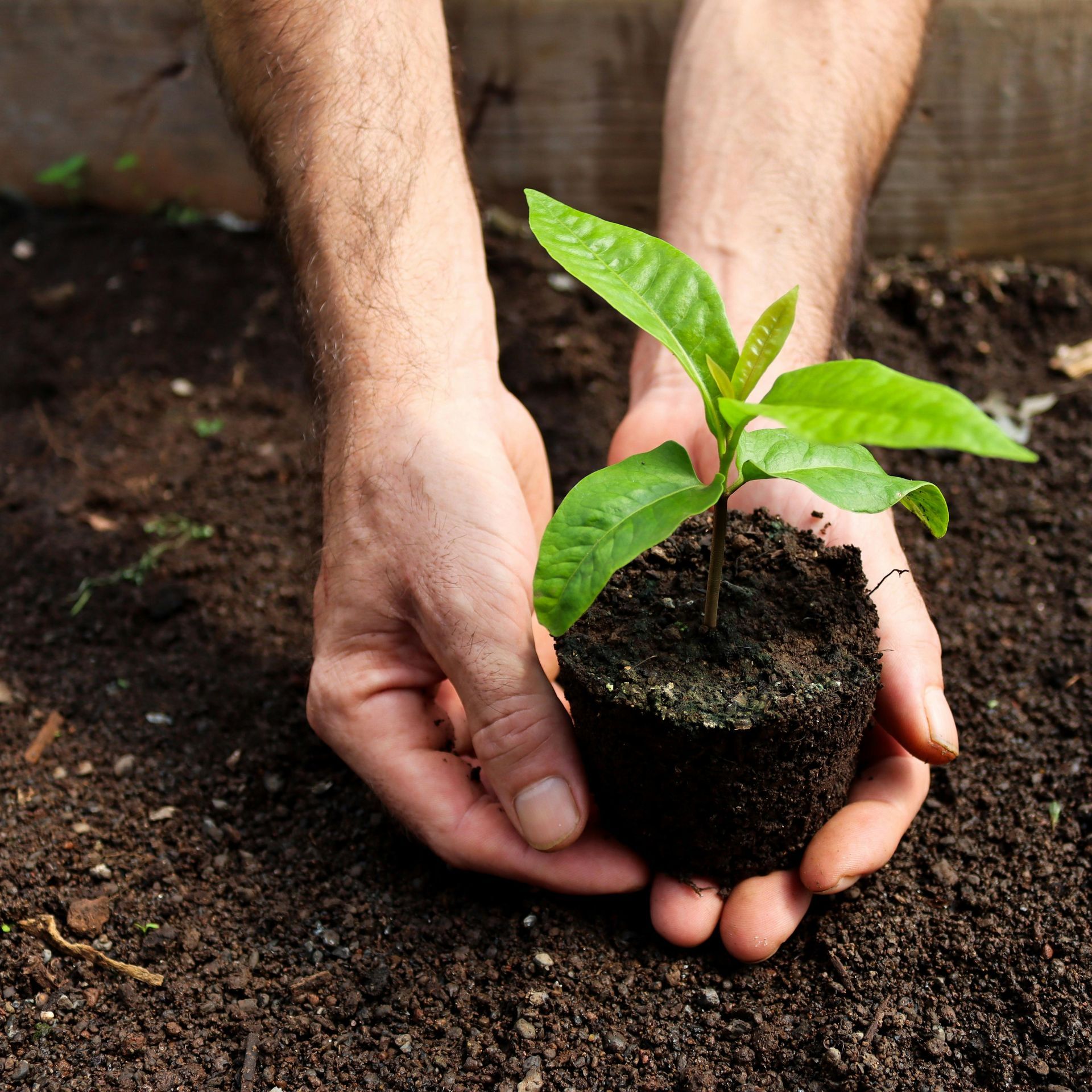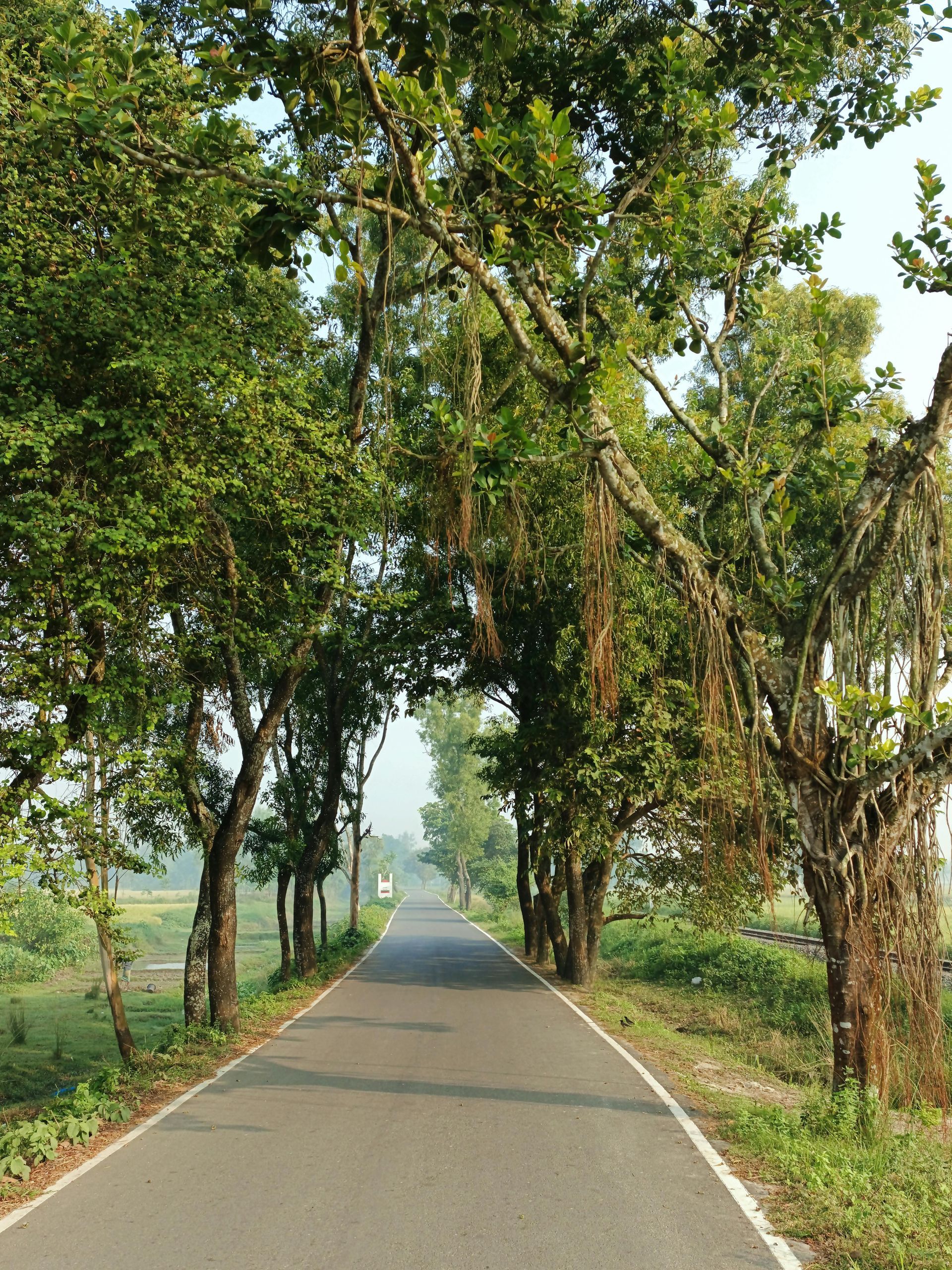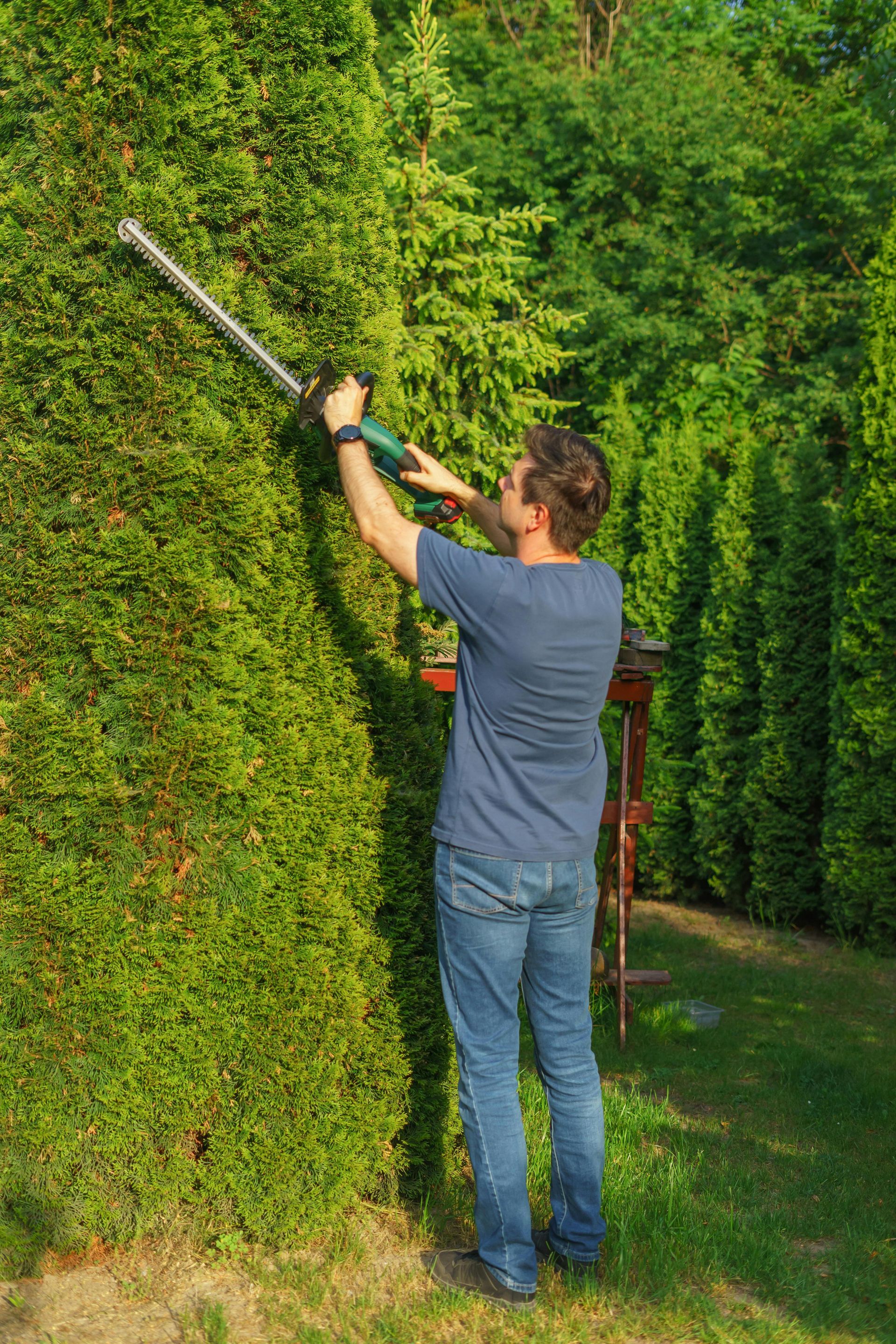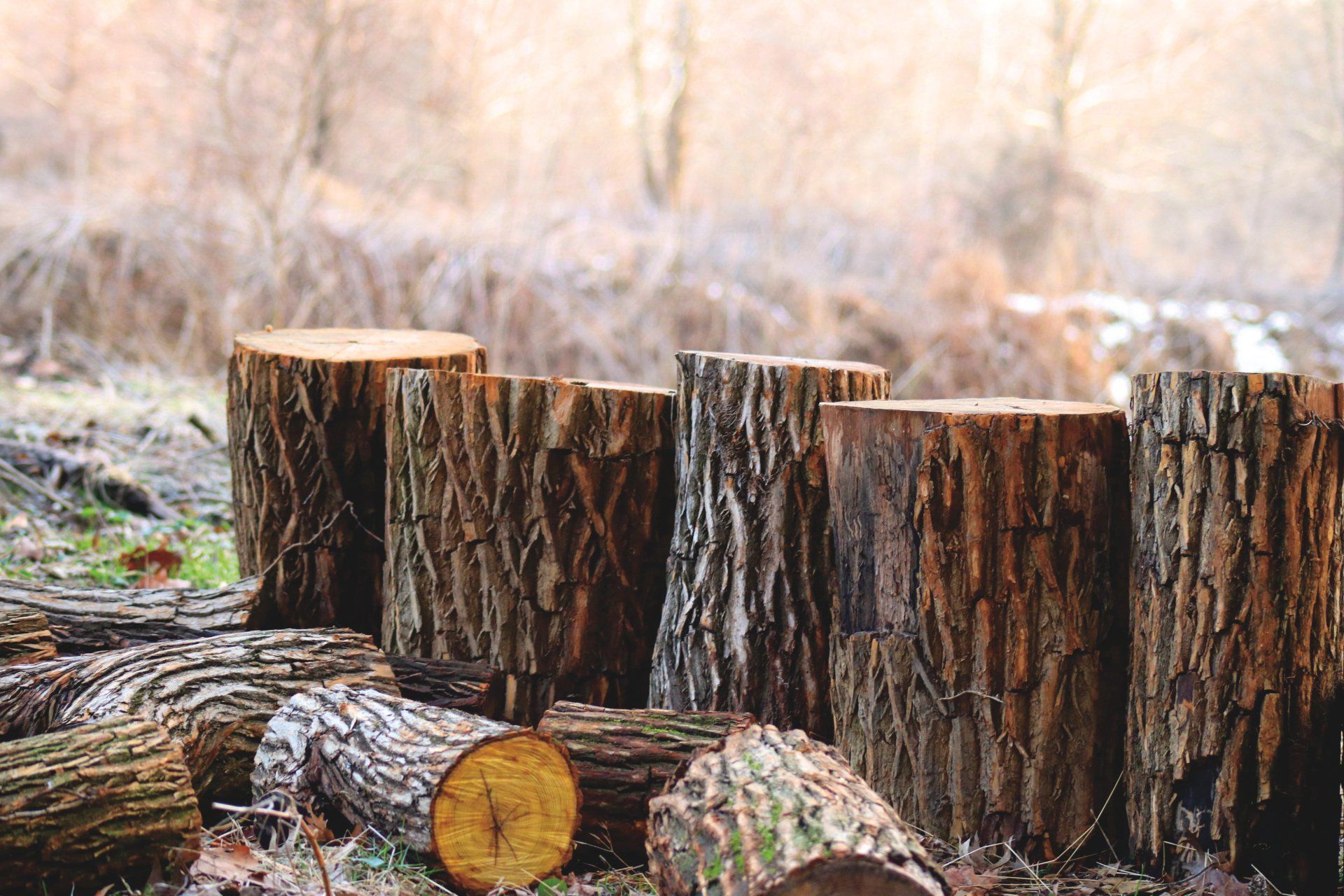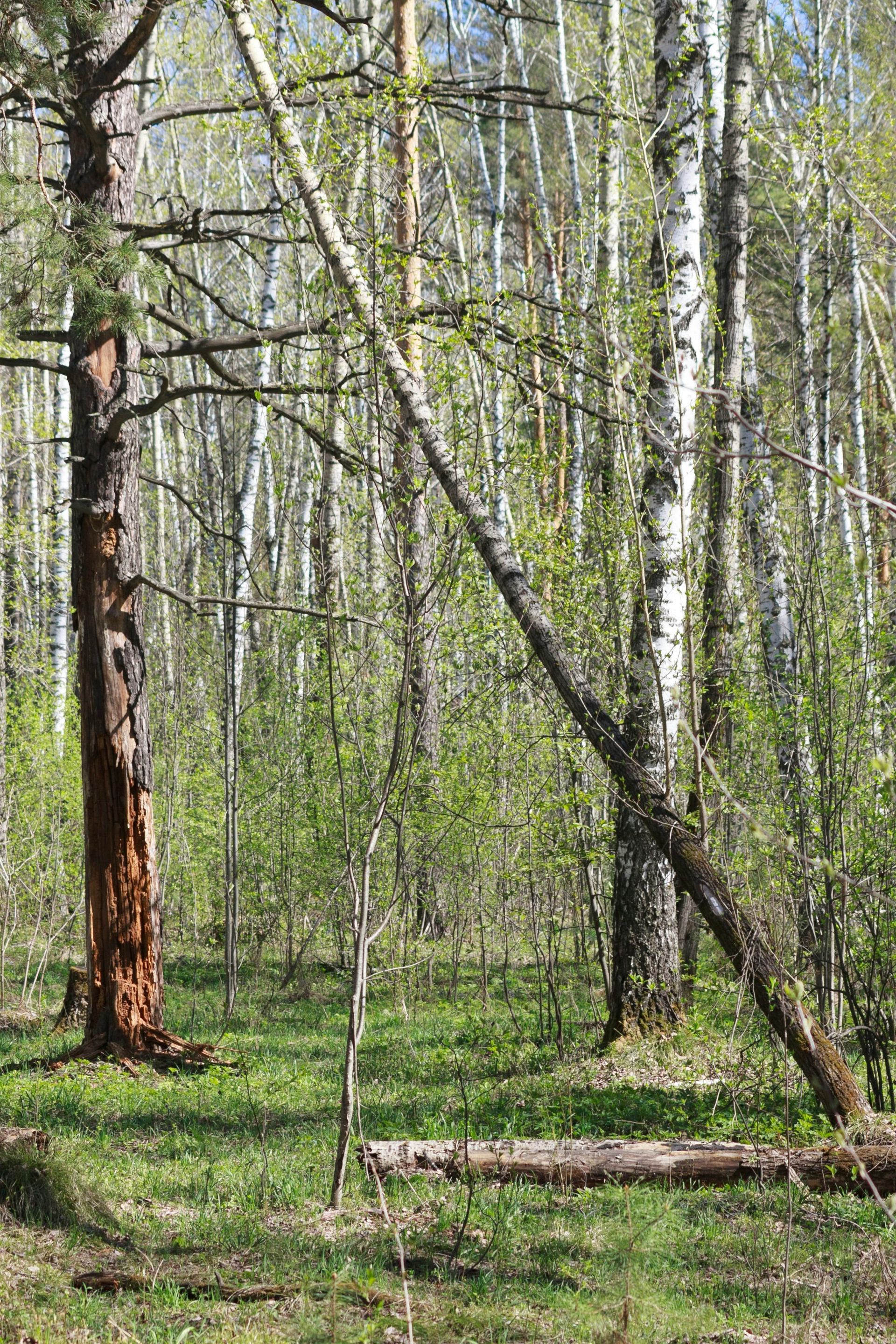Why You Should Replant and Replace Trees After Removal
Removing trees can be a necessary step for various reasons, such as disease, safety concerns, or urban development. However, this action can have significant ecological and aesthetic implications. Replanting and replacing trees after removal is essential for maintaining a healthy environment, enhancing biodiversity, and preserving the beauty of our landscapes. Trees play a critical role in our ecosystem by providing oxygen, improving air quality, and supporting wildlife habitats. Moreover, they contribute to the overall health of our communities by reducing urban heat, improving stormwater management, and increasing property values.
Replanting also fosters a sense of responsibility among communities and promotes sustainability. By investing in new trees, we not only replace what has been lost but also contribute to a greener future. Understanding the importance of tree restoration can help guide our efforts in creating a balanced and thriving environment for generations to come.
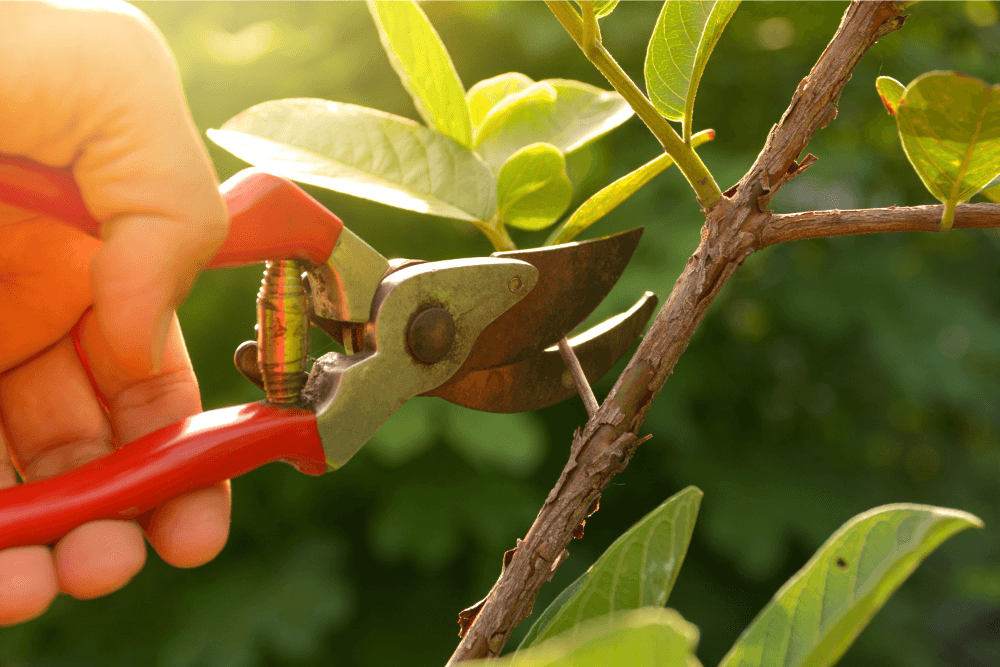
What is Tree Restoration?
Tree restoration refers to the process of replanting and rehabilitating trees in areas where they have been removed or have died. This practice aims to restore the ecological balance and aesthetic value of an area after tree removal. Tree restoration encompasses several activities, including selecting appropriate tree species, preparing the site for planting, and maintaining the newly planted trees to ensure their long-term health and survival.
The first step in tree restoration is assessing the area where trees have been removed. This involves understanding the local ecosystem, soil conditions, and climate to choose the right species that will thrive in the environment. Native tree species are often preferred, as they are well-adapted to the local conditions and provide essential habitat for wildlife.
Once suitable species are selected, the next phase involves site preparation. This may include clearing debris, testing soil health, fertilization, and amending the soil if necessary. Proper planting techniques are crucial to ensure that the new trees establish themselves successfully. This includes digging appropriate-sized holes, ensuring proper spacing between trees, and following specific planting guidelines for each species.
After planting, ongoing maintenance is vital for the success of tree restoration. This may involve regular watering, mulching, pruning, and monitoring for pests or diseases. Community involvement can play a significant role in the success of tree restoration efforts. Engaging local residents in planting events and educational initiatives fosters a sense of ownership and responsibility for the environment.
Overall, tree restoration is a critical aspect of urban planning, environmental conservation, and community development. By prioritizing the replanting and replacement of trees, we contribute to healthier ecosystems, improved air quality, and more vibrant communities.
7 Benefits of Replanting and Replacing Trees
Replanting and replacing trees after removal brings numerous advantages that extend beyond aesthetics. Trees are vital components of our ecosystems, and their removal can disrupt ecological balance. By replanting, we can restore habitats, improve air quality, and enhance community well-being. Understanding the benefits of this practice is essential for promoting sustainable landscaping and urban planning. Here are seven key benefits of replanting and replacing trees that highlight their importance in our environment and communities.
1. Improved Air Quality
Trees play a critical role in filtering pollutants from the air. They absorb carbon dioxide and release oxygen, which is essential for human and animal life. By replanting trees, we enhance air quality, reducing the levels of harmful gases such as sulfur dioxide, ammonia, and nitrogen oxides. This is particularly important in urban areas, where air pollution can be a significant health issue. Healthy trees act as natural air filters, leading to cleaner, fresher air for communities.
2. Enhanced Biodiversity
Replanting trees contributes to biodiversity by providing habitats for various species of birds, insects, and other wildlife. A diverse tree canopy supports a wide range of organisms, creating a balanced ecosystem. As we replace removed trees, we help restore natural habitats that may have been lost, promoting the survival of native species and encouraging the return of wildlife to urban areas. This ecological richness benefits the environment and enhances the overall beauty of our landscapes.
3. Soil Erosion Prevention
Trees play a crucial role in preventing soil erosion. Their roots anchor the soil, reducing runoff and maintaining soil structure. When trees are removed, the risk of erosion increases, leading to sedimentation in waterways and potential damage to surrounding landscapes. By replanting trees, we can stabilize the soil, reduce erosion, and protect water quality in nearby streams and rivers. This is especially important in areas prone to heavy rainfall or flooding.
4. Climate Regulation
Trees help regulate local climates by providing shade and cooling effects through transpiration. They can lower temperatures in urban heat islands, where concrete and asphalt absorb and retain heat. Replanting trees can mitigate these effects, making cities more comfortable during hot weather and reducing the need for air conditioning. This not only saves energy but also decreases greenhouse gas emissions, contributing to climate change mitigation efforts.
5. Increased Property Value
A well-landscaped property with healthy trees can significantly increase its value. Homebuyers often prioritize properties with mature trees and attractive landscaping, as these features enhance curb appeal and create a welcoming atmosphere. By replanting and maintaining trees, homeowners can improve their property’s marketability and overall aesthetic appeal. This investment in landscaping pays off in higher property values and increased demand.
6. Improved Mental Health and Well-Being
Access to green spaces and trees has been linked to improved mental health and well-being. Studies show that spending time in nature can reduce stress, anxiety, and depression while promoting feelings of relaxation and happiness. By replanting trees in urban areas, we create more green spaces for residents to enjoy, enhancing their quality of life. Parks and tree-lined streets provide essential areas for recreation, relaxation, and social interactions, contributing to healthier communities.
7. Community Engagement and Education
Replanting trees often involves community participation, fostering a sense of ownership and pride among residents. Tree planting events can engage local schools, organizations, and volunteers, creating opportunities for education about the importance of trees and environmental stewardship. These initiatives help raise awareness about sustainability and encourage individuals to take an active role in caring for their environment. Community engagement in replanting efforts can lead to stronger bonds among residents and a collective commitment to preserving green spaces.
Conclusion
Replanting and replacing trees after removal is a vital practice that offers numerous ecological, economic, and social benefits. From improving air quality and enhancing biodiversity to preventing soil erosion and boosting property values, the advantages of this practice are far-reaching. Additionally, the mental health benefits and community engagement foster a deeper connection between people and their environment. As we face challenges such as urbanization and climate change, prioritizing tree restoration becomes increasingly important. By investing in the replanting and replacement of trees, we can create healthier, more sustainable communities for future generations.
About Penrith Tree Removal
Penrith Tree Removal is dedicated to providing professional tree services to enhance the health and beauty of your landscape. Our experienced team specializes in safe tree removal, pruning, and replanting, ensuring that your outdoor spaces thrive. We prioritize customer satisfaction and sustainability, offering tailored solutions to meet your specific needs. Whether you need to remove a hazardous tree or restore your landscape with new plantings, Penrith Tree Removal is here to help you maintain a vibrant and healthy environment.
